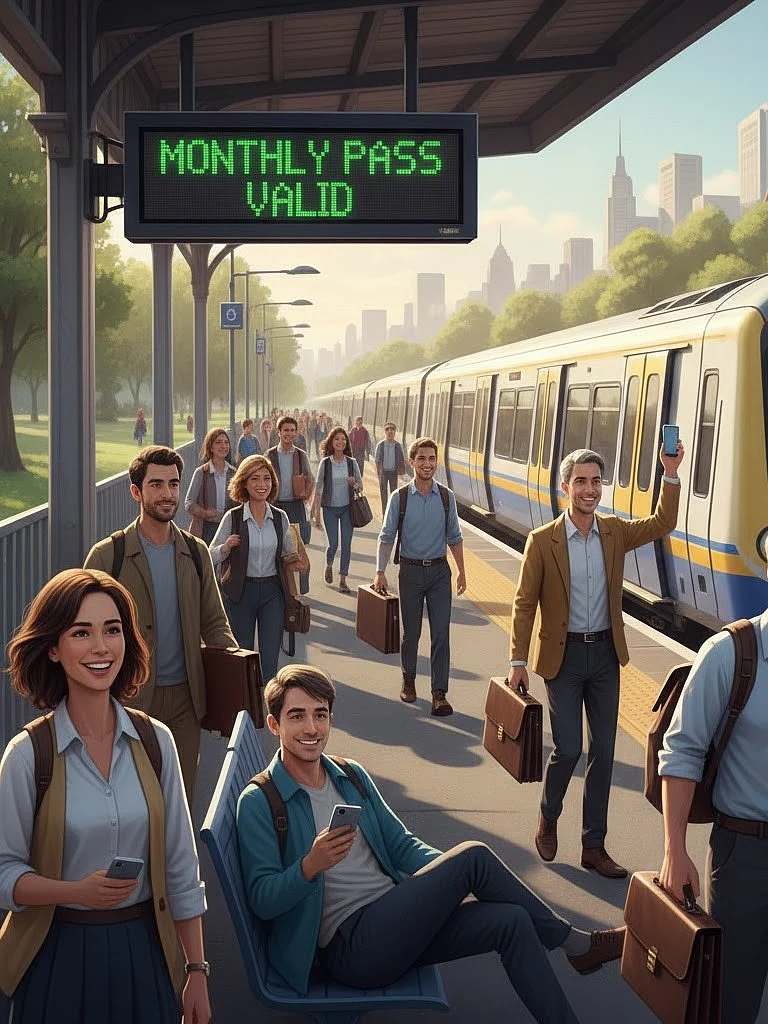New Delhi-based businessman Vivek Bakshi, 60, was never a fan of electronic modes of payment until calamity, in the form of demonetisation, struck on November 8 last year. “I have always been an all-cash man. I have opposed digital payments all my life due to security concerns. However, I had to get my debit card renewed and go digital after the note ban primarily to avoid the inconvenience of queues,” he informs. A year later, however, he has graduated to being a regular user of digital payments. “I have never looked back since then. I use cash for minor, routine purchases, but I largely spend through cards and mobile wallets now,” he says.

Vivek Bakshi and Nalini Bakshi
However, his 56-year-old wife Nalini, a homemaker, holds a diametrically opposite view. “Demonetisation caused a lot of inconvenience as I depend solely on cash for my transactions,” she says. She had to make the effort of getting a debit card issued and signing up for some mobile wallet apps. While she used them for a few months, she switched back to cash soon after. “Most vendors refuse to accept digital payments unless the purchase crosses the minimum threshold set by them. This is an unnecessary hassle. I think the traditional way is more convenient, as do my friends,” she asserts.
However, it is Vivek Bakshi’s view that is endorsed by most users OLM spoke to, with most of the respondents giving electronic payment platforms thumbs up. Many individuals across age-groups have successfully switched to the cashless mode in the last 12 months. Take Mumbai-based Dr Garima Devrani, 31, an oral and maxillofacial surgeon. “Our wallets today are ‘lighter’ as we do not need to carry a lot of cash. I think cards are more secure and convenient. In fact, even patients enquire about the availability of swiping machines before booking appointments,” she says, adding that even smaller hospitals and clinics these days are equipped with the requisite infrastructure.

Dr. Garima Devrani
Profession does not seem to be a barrier either. Priya Nair-Malviya, a 37-year-old businesswoman who manages a specialty bakery from her home in Kalyan started asking her customers to make an online transfer post the note ban. “I accept cash only for smaller orders. Apart from groceries, I rarely need cash,” says Priya who pays her household help’s salary in the form of her life insurance policy’s premium and fixed deposits. “Cards are user-friendly, easy to carry and less risky,” she affirms.

Priya Nair-Malviya
Not everyone who swears by digital is a post-demonetisation convert, though. The adoption of electronic modes had been on the upswing even before November 8, 2016. Mumbai-based homemaker Rukhsar Dhanse, 42, has always been an active card user. “We neither store substantial cash at home nor do we carry huge amounts when we step out. Even before the note ban, we relied on cards for most of our needs, barring small purchases like groceries. Now, it is easier as acceptance has gone up,” notes Dhanse.

Rukhsar Dhanse
While people across age-groups adapted to the new way of making payments, it is the millenials who, quite expectedly, embraced electronic payment mechanism with ease. Bangalore-based law student Phalitha G, 22, had to go without cash for nearly two months after the note ban. “I rarely used cashless modes earlier, barring certain purposes like online shopping. But now, I have embraced these tools wholeheartedly,” she explains. “The digital route eliminates the hassles around change and the inconvenience of carrying cash.”

Phalitha G
However, the digital mode has failed to gain unanimous approval. “Though we accept payment using cards, our clients, who are middle class parents and students, still prefer cash. Many still do not trust electronic payment systems,” explains Junaid Khateeb, 37, who runs a chain of coaching classes for engineering students in Mumbai. Even post demonetisation, his institute sees payments primarily through cash and cheques. “Besides, we as business-owners have to shell out 2 per cent for card payments. This, combined with 18 per cent GST, does not make digital a great proposition for us,” he points out.





























